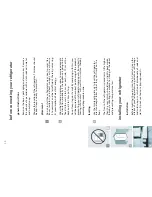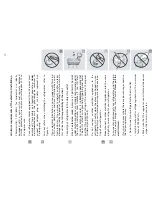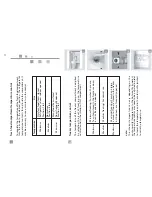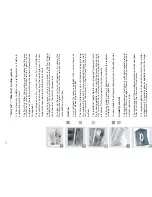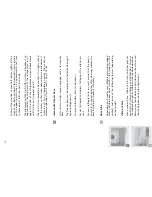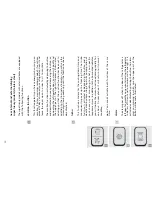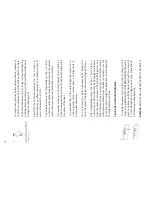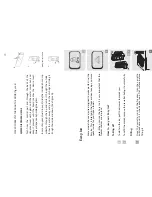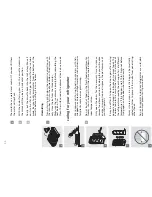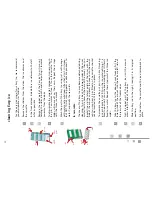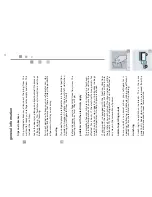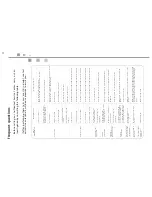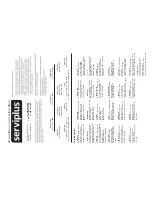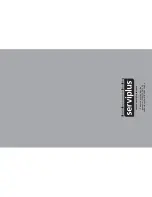
Store foods in small quantities in the freezer as this facilitates
quicker and more effective freezing. We recommend placing
food that you would like to freeze rapidly or ice cubes on the
freezer shelf.
Always take note of the manufacturer’s expiry date on frozen
products. Once food has been defrosted, it cannot be refrozen.
Liquids
increase
in
volume
when
frozen.
For
this
reason,
do
not fill recipients up to the brim with liquids.
Do not store closed glass recipients containing liquids in the
freezer. The breakage of glass recipients could badly damage
the freezer.
cleaning your refrigerator
Always disconnect the refrigerator plug from the outlet
before cleaning or before starting a technical revision.
Never use toxic products (like ammonia, etc), abrasive
products (pastes) or fibers as they can damage the refrigerator.
Do not use fibers or sharp or pointed objects which can
scratch your
refrigerator or the interior shelves.
Use a soft sponge or a cloth which has been soaked in water
and
a
mild
soap.
Rinse
and
dry
well
with
a
clean,
dry
cloth.
You can also use a solution of one spoon of bicarbonate of
soda and two liters of warm water to clean the interior.
To
clean
the
condenser
(on
the
models
which
have
them),
use
a
brush,
cloth
or
sponge
to
eliminate
accumulated
dust.
Do this at least every six months.
to periodically clean the freezer:
s$ISCONNECTTHEPLUGFROMTHEWALL
s
Remove the freezer base, pulling it towards you.
s$URINGTHECLEANINGDONOTLETACCUMULATEDLIQUID
filter into the interior of the refrigerator as this
could damage the unit. Dry well.
s!FTERCLEANINGREPLACETHEFREEZERBASETOENSURE
the optimum running of your refrigerator.
note:
Only certain models come equipped with a
removable base.
1
1
2
3
3
2
4 1


